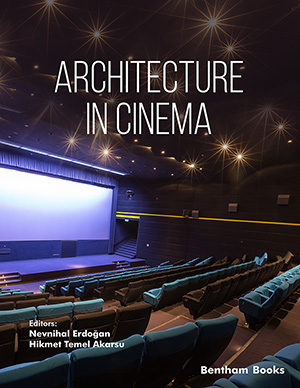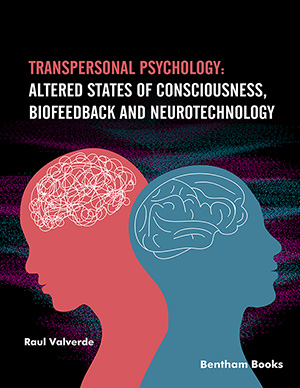Abstract
Mon Oncle is a 1958 French-Italian comedy film. The plot of the film begins
with Mr. Hulot coming and going to the Arpel family's villa. Mr. Hulot lives in a place
with an old lifestyle in a crowded neighborhood in St Maur. The Arpel family is
described as a family that tries to create a modern family structure and has a modern
house. With the changing and developing world order following the Second World
War, many branches of art such as architecture, art, and cinema were influenced. It is
seen that the film, which can be considered in the transition period, is intertwined with
the concept of modernity that emerged during the period in this changing order. In the
movie, the director, Tati, explains how modernism and the modern design approach
affect society through the movie characters, by showing Mr. Hulot, who has a
traditional way of living, and the Arpel family, which has a modern lifestyle, via
criticizing the conflict between them through architecture. In the movie, the place
where Mr. Hulot lives is constantly compared with the place where the Arpel family
lives. Mr. Hulot is positioned as a transitional element for these two different spaces.
This film aims to convey the fact that these individuals have two different characters
and lives, with a modern traditional conflict evaluated through the relationship between
space and body.
In the analysis of the film, the reflections of modernity both on individuals and on
space were provided by interpreting the effects of post-war modern architecture. It can
be seen in the movie Mon Oncle that the cinema, one of the branches of art in which
the effects of modernism are seen in the changing world order after the war, reflects the
changing structure of society through the films of the relationship between space and
body. Both the structure of society and the changing phenomenon of architecture have
been tried to be conveyed through the relationship between cinema and architecture. It
has been revealed how these effects, in which two conflicts are experienced, are
handled through architecture, space, body, and individual. The challenges experienced
during the transition to modernity and modern life that wish to be reflected are
conveyed through both space and the exaggerated behaviors of individuals within the
relationship between cinema and architecture.
Keywords: Arpel Villa, architecture in Cinema, city, design, french New Wave, functional furniture, french Cinema, hulot Trilogy, interiors, jacques Tati, jacques Lagrange, modernity, modernism, mon Oncle, space, society, traditional, technology, traditional neighborhood, urban life.







